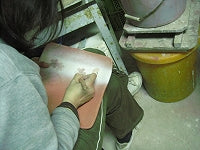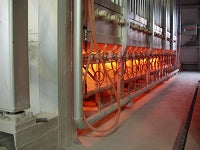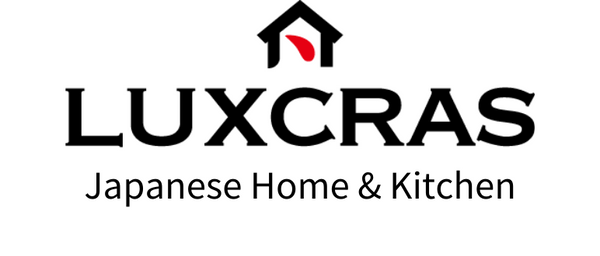About "Waon"
"Wa" on harmony in your daily life
"Wa" on harmony and harmony played by music
Basics of Harmony("Waon")


Located in the Shigaraki pottery production area in southern Shiga Prefecture, we are a general wholesaler of Shigaraki ware that distributes products from the Shigaraki pottery production area to trading companies and stores nationwide.
We have a fully equipped showroom at our headquarters in Shigaraki, and sell our products at retail to customers in the production area.
We have launched our original brand "Dobiyomi" and produced a catalog.
With pride and skill of craftsmen and designs full of individuality, we offer pottery that meets the needs of the ever-changing times. ・・・・
We are now expanding Shigaraki ware (ceramics) from the production area to the whole country.
We hope that our various unique products will be useful in your lifestyle.
We are also a member of the Shigaraki Ware Commercial Association. Please feel free to contact us if you have any questions about Shigaraki ware.
What is Shigaraki Ware?

Traditional Japanese beauty hidden in a beautiful form
The charm of Shigaraki ware is the simple texture of the clay. The charm of Shigaraki ware can be said to be its strength, which is derived from the richness of nature as it is.
Shigaraki ware has many types of glazes because there are few products with painted decoration, and the processes of making large pieces, molding and drying, and firing techniques are also unique to Shigaraki ware.
Shigaraki ware is said to be "one kiln, two clay, three workmanship," and the gradation of fire color produced by the flame. The charm of Shigaraki pottery lies in the ever-changing color tones and textures, such as ash-colored and burnt.
The simple taste and warmth of this pottery have been loved by people for a long time.
Inheriting this tradition, we have combined nature's own vitality with the soil, and have created a "playful" and "fun" style that is sought after in the modern age. The "playfulness" and "healing" required in the modern age are infused into each piece of pottery to express a unique view of the vessel. We hope you will enjoy to your heart's content the unique taste and character of Shigaraki ware, created by the painstaking handcraftsmanship of our potters.
Shigaraki ware of the six oldest kilns in Japan
The Six Old Kilns of Japan refers to the Six Old Kilns of the Middle Ages, which began in the Heian to Kamakura periods.
They are the representative kilns of the medieval period.
They are the Shigaraki, Bizen, Tanba, Echizen, Seto, and Tokoname kilns.
Production Process of Shigaraki Ware
Process 1: clay

The high quality clay produced in Shigaraki is mixed into a potter's clay that can be molded.
By knowing the properties of various types of clay and mixing them together, the clay is further transformed into a high quality clay.
Freshly dug clay does not make pottery (Shigaraki ware). This is a very important process.
Process 2: Soil kneading

The clay from Process 1 is further kneaded using an earthenware kneader.
Depending on the type of clay, a vacuum may be created during the kneading process.
Process 3: Mold

The potters form the products by rocro molding and tatara molding. The potters form the product by rokuro molding and tatara molding.
The potter's wheel is made by taking into account the properties of the clay, temperature, and humidity at the time of firing.
The clay becomes tougher after firing. The size of the clay is larger than the finished product.
Process 4: flakes

After molding, the product is dried to a certain extent before shaving. This is the process of shaping the product.
Decoration with various types of clay is also done at this time.
Process 5: Dried, unglazed

The molded clay is dried well (about 2 to 3 days) and unglazed at a temperature of about 700 to 800 degrees Celsius.
Insufficient drying will result in cracks in the product during firing.
Process 6: Glazing and painting

Coloring is applied to the unglazed base.
Glaze is applied with an air gun, ladle, or brush. This is where the craftsmen show their skills.
Process 7: Kiln Filling and Firing

Firing at temperatures of over 1200 degrees Celsius.
The work is done while worrying about the finished product.
Various changes in the environment can affect the finished product.
In the past, the wood-fired kilns, such as climbing kilns, were the mainstay of firing methods, but today, kilns are fired using electricity or gas. The flames are more stable than in the past, but it is a process of anxiety and expectation. I wonder if we will be able to produce the products we want.
Process 8: removing pots from kiln

After firing for more than 24 hours, the products are finally ready to be unloaded from the kiln. I wonder if the products are as good as I want them to be.
The temperature of the kiln is about 200 degrees Celsius. It is still hot.
We are working with military gloves on.
Process 9: Finishing and shipping

After the products are removed from the kiln, the bottoms and mouths are polished and inspected before they are ready.
The products are wrapped to prevent them from cracking, and the usable items are placed in a box. The usable items are then delivered to the customers.

